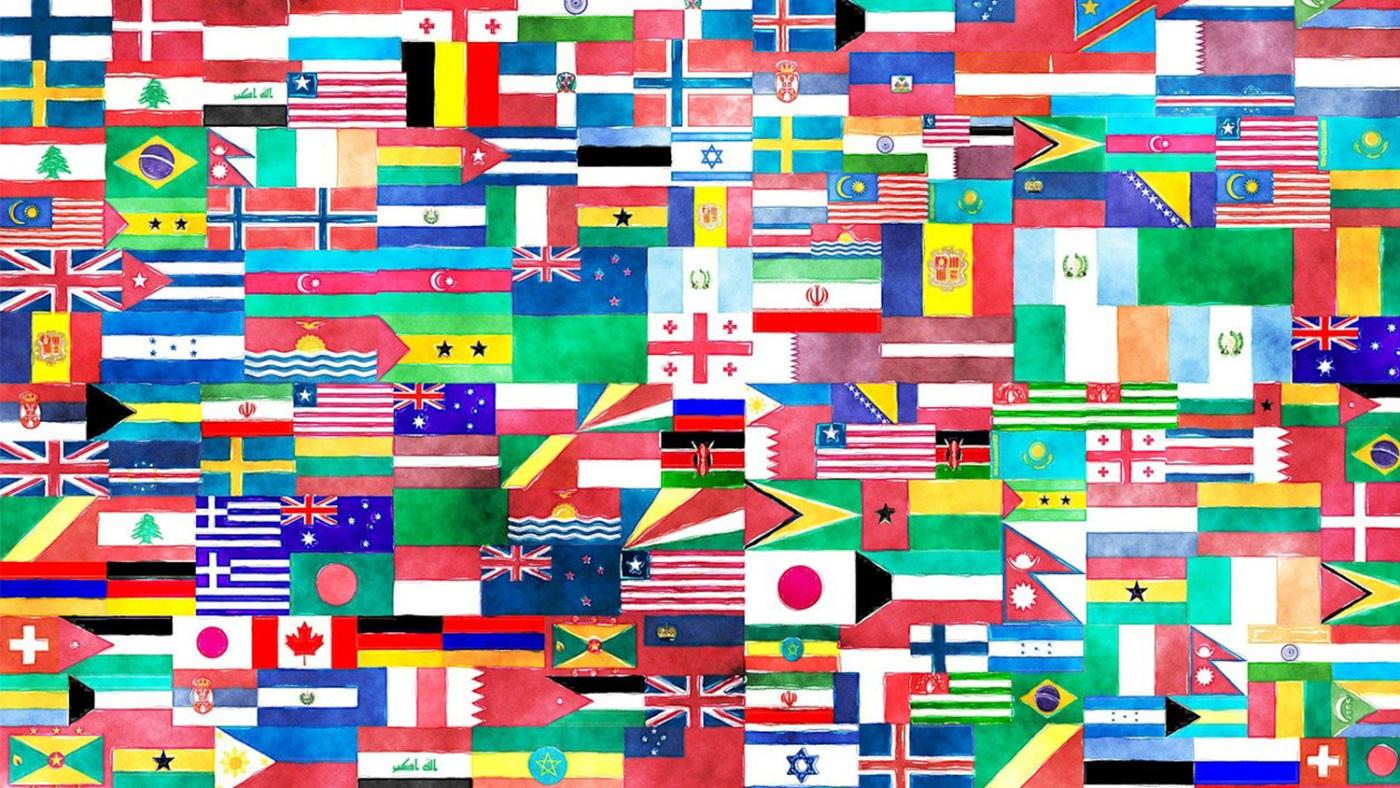Internationalisering
17 percent of Dutch higher education students are international

We often hear that 40 percent of higher education students in the Netherlands come from abroad. Dutch politicians often refer to this figure, after it appeared in a press release published by Statistics Netherlands (Dutch acronym: CBS) in 2022. Even Mark Rutte, the prime minister of the time, commented on it, saying it was "very high". In January, the same percentage was quoted in a debate at the House of Representatives.
However, the percentage published by CBS only referred to first-year students enrolled in research universities, not the student population as a whole.
Only 17 percent
A different picture emerges when we look at the total number of enrolments: at research universities such as UU, 24 percent of Bachelor’s students and 27 percent of Master’s students come from abroad. At universities of applied sciences, international students only account for 7 percent of enrolments at the Bachelor’s level and 25 percent when it comes to the Master's level.
These figures are not new, but Rathenau Institute has taken a fresh look at all the available figures on internationalisation and put them into perspective (link in Dutch only, Ed.).
Taking research universities and universities of applied sciences together, we conclude that 17 percent of students in the Netherlands come from abroad. There are countries where this percentage is higher, observes Rathenau Institute.
Other countries
A comparison with similar countries reveals that only four of them have more international students than the Netherlands. These include the UK, Australia and Canada, where English is the language of instruction. When it comes to Bachelor’s students alone, Austria is the unexpected number one among OECD countries, with international students accounting for 19 percent. The Netherlands ranks fifth at both Bachelor’s and Master’s level.
The Rathenau research team goes on to observe that the Netherlands has risen quickly to the lead group in the internationalisation rankings. Since 2011, Dutch higher education has attracted 131 percent more international Bachelor’s students and 173 percent more international Master’s students. Outgoing Education Minister Robbert Dijkgraaf is currently working on a law designed to rein in the influx of international students.
The Rathenau Institute also analysed the job prospects of international students coming to the Netherlands. Politicians who are keen to reduce the influx of foreign students are receptive to the argument that leading Dutch tech companies, such as ASML, run on foreign talent. It's also true that a relatively high proportion of international students stay in the Netherlands after completing an engineering degree. IT graduates also tend to make a smooth transition to the job market.
Choosing a field of study
However, a further breakdown by Rathenau’s researchers obtained by HOP shows that a majority of international students graduate in other fields. At Dutch research universities, degrees in Behavioural and Social Sciences (including psychology, political science or sociology) are popular with this group, followed by programmes in Law and Governance. These fields offer far less promising career prospects.
At universities of applied sciences, engineering and IT are not especially popular among international students. Only 15 percent of international Bachelor’s and Master’s students opt for a degree in these fields. The fact that so many international students study Language and Culture is due partly to the strong international orientation among Dutch academies of music and the arts.

Een student is ‘internationaal’ wanneer deze een niet-Nederlandse nationaliteit heeft en de vooropleiding in het buitenland heeft gevolgd. Bron: HOP